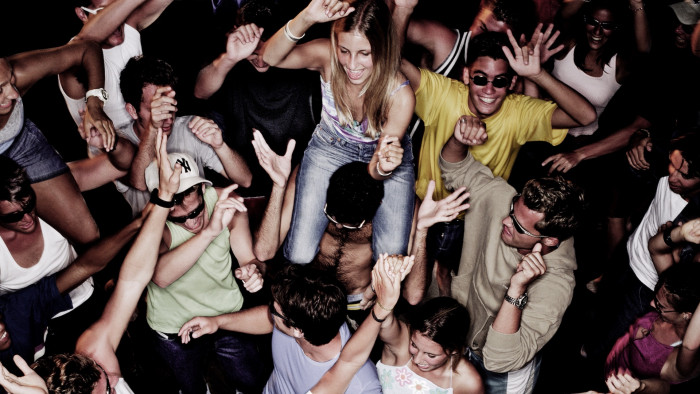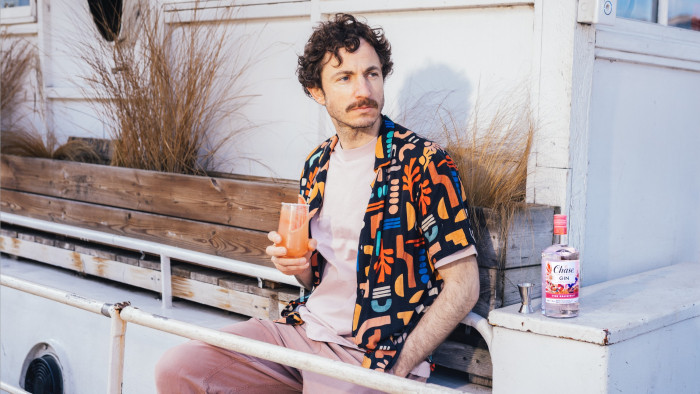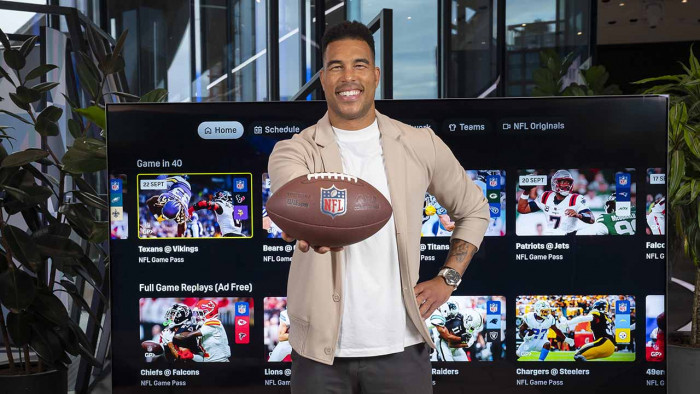Forget getting things off your chest, it’s time to get things on it. And those things are muscles.
Strong pecs will make your whole upper body look stronger and help you be one step closer to becoming King Of The Beach.
So we turned to personal trainer Barry Stalker (pro-trainer.co.uk/@barryprotrainer) for his guide to perfect pecs, including what you should be eating and what exercises to do in the gym [NB: all of these should be done 8-12 reps max].
Bench press
“The bread and butter exercise of building a good chest is bench pressing. This works the pecs, the front part of the shoulder [deltoids] and the triceps. I frequently see this exercise performed incorrectly as egos tend to get in the way, causing many people to add too much weight.
“The key to doing this exercise properly is to draw your shoulder blades back and contract your core so your back is pressed firmly into the bench. This will ensure the pecs do the work, rather than the assisting muscle groups. To avoid injury, do not arch your back while performing this move as it can put your spine in a vulnerable position.”

Incline chest press
“This is the same as a flat press, except the bench is on an incline of 45 degrees. Perform it with either a barbell or dumbbells, although dumbbells are more challenging because stabilising them both at the same time is more difficult.
“Use a full range of movement, allowing a good stretch at the bottom of the move going through to a hard squeeze [contraction] at the top.”
Fly/incline fly
“The best way of doing this is to imagine you are hugging a tree. Make sure you contract your core when lowering the dumbbells, as this will ensure your back is pressed firmly against the bench, as the further you lower the weights away from you, the greater the chance your back will lift off the bench.”
Nutrition
“Protein is key: make sure you are eating a serving every three hours. Great sources of protein are chicken, eggs, fish and steak, but you can also add a protein shake if you do not have the time to eat frequently.
“Another nutritional tool is to take on board carbs immediately after training: this raises insulin levels and insulin is a powerful growth hormone.”

Recovery
“As important as training is, you actually grow outside the gym when sleeping and eating the correct foods. If you are following a split-training routine, I recommend training most muscle groups very hard just once a week, with the exception of calves and abs/core. To assist with recovery you can also add some additional supplements to your diet such as protein powder, branch-chained amino acids and creatine.”
(Images: iStock)
Latest


Ten things you need to know about Hyrox


Is clubbing actually good for you? We asked an expert


Horticulturist shares tips on how to urban garden
Related Reviews and Shortlists







